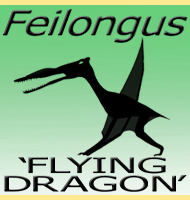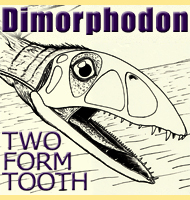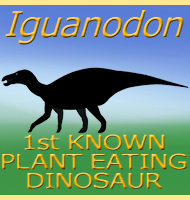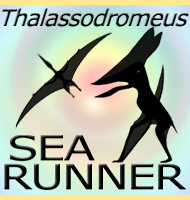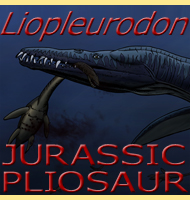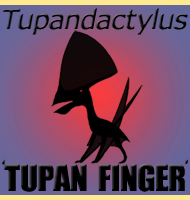


Rhamphorhynchus
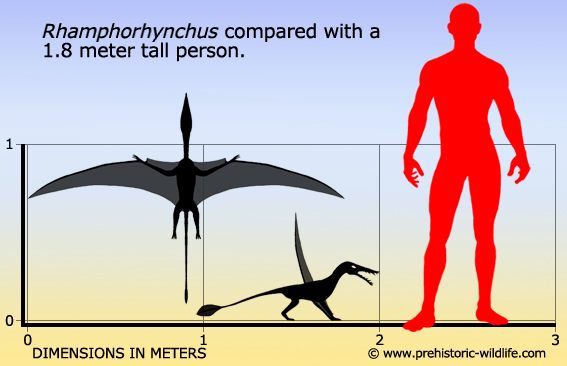
Name:
Rhamphorhynchus
(Beak Snout).
Phonetic: Ram-foe-rink-us.
Named By: Christian Erich Hermann von Meyer -
1846.
Synonyms: Odontorhynchus longicaudus,
Ornithocephalus muensteri, O. longicaudus, O. lavateri,O.
gemmingi, O. giganteus, O. grandis, O. secundarius,
Pterodactylus muensteri, P. longicaudus, P. lavateri, P.
gemmingi, P. lavateri, P. hirundinaceus, P.
hirundinaceus, P. giganteus, P. grandis, Pteromonodactylus
phyllurus, Rhamphorhynchus longicaudus, R. gemmingi, R.
suevicus, R. hirundinaceus, R. curtimanus, R. longimanus,
R. meyeri, R. phyllurus, R. longiceps, R. grandis, R.
kokeni, R. megadactylus, R. carnegiei.
Classification: Chordata, Reptilia,
Pterosauria, Rhamphorhynchidae, Rhamphorhynchinae.
Species: R. longicaudus (type),
R. etchesi, R. muensteri.
Type: Piscivore/Insectivore.
Size: 1.81 meter wingspan, 1.26 meters long.
Known locations: Germany, Portugal, Tanzania.
Time period: Oxfordian to Kimmeridgian of the
Jurassic.
Fossil representation: Dozens of individuals, some
including impressions of soft tissue.
Rhamphorhynchus
is one of the classic pterosaurs
that have been known to science since
the early days of palaeontology. It had what appears to have been a
sizeable distribution and aside from the above locations,
Rhamphorhynchus specimens have also been attributed
to other European
countries like the United Kingdom. Unfortunately however, these
specimens are sometimes no more than fossilised teeth.
The
best preserved and most numerous examples hail from Germany where
Rhamphorhynchus was first discovered. Not only do
these remains
include complete specimens, but also impressions of the wings,
revealing their placement and texture. Specimens also display
potential dimorphism between males and females.
The
jaws of Rhamphorhynchus are filled with sharp
needle like teeth,
twenty in the top, fourteen in the bottom. When the jaws closed
the teeth would intermesh, maximising grip on prey. These jaws have
led to the perception that Rhamphorhynchus used
them to snatch up fish
as it skimmed over the top of the water, although it’s not out of
the question that it could also have caught larger insects.
Rhamphorhynchus
has been subject to a lot of study to try and find out more about its
life. One area has focused upon possible sexual dimorphism between
males and females. This is indicated by how long the skull is to the
humerus, with different specimens falling into two distinct groups of
larger and smaller heads. This is not conclusive proof of
dimorphism, but does reinforce the possibility.
Study
of the scleral rings has also indicated a nocturnal lifestyle. It is
difficult to say with certainty if pterosaurs were warm or cold
blooded, but a nocturnal heat source if required could be rocks.
Because rocks have a high thermal capacity, they take a long time to
warm up in the heat of the sun. However, because they take a long
time to warm up they also take a long time to cool down, staying warm
to the touch for several hours after night fall. If cold blooded, a
nocturnal pterosaur could warm up by 'hugging' a rock with its
wings to absorb more heat. If Rhamphorhynchus was
nocturnal, it
would have avoided direct competition with other pterosaurs that were
diurnal. CAT
scans of Rhamphorhynchus skulls have also allowed
for reconstruction of
the the inner ear. This has revealed that unlike some other
pterosaurs, Rhamphorhynchus typically flew with
its head horizontally level
(parallel) to the ground.
A
huge number of species once existed for Rhamphorhynchus,
however many
of these came about from the use of Pterodactylus
as a wastebasket
taxon. It was not until notable differences began to be pointed out
that Rhamphorhynchus became separate. Still a
large number of
differing species existed, or so it was thought until a 1995
study by Chris Bennet revealed that a great many of these specimens
actually represented different life stages of the same species. With
the revelation that these remains were just juveniles, sub-adults and
adults of the same creature, the species list was shortened to just a
handful of names. Of these only R. muensteri is
generally
considered to be true to the genus. The other remaining species which
include R. jessoni, R. intermedius,
are considered subjective
synonyms, while R. tendagurensis thought to be
a nomen dubium.
Although these species are sometimes referred to, their future
validity is uncertain.
Because
it is now accepted that the many various specimens represent the same
species, it has also revealed valuable insights of changing
morphology with age. The jaws of Rhamphorhynchus
juveniles are
short and blunter than they were in adult specimens. Adults also had
shorter and more robust teeth to facilitate larger prey capture that
may have broken weaker teeth. Rhamphorhynchus
also had a vane on the end of its tail and in juveniles was lancet
shaped (like a double edged scalpel). As the individual grew,
the vane would become diamond shaped before becoming a triangle when
full grown.
Further reading
- Pterodactylus (Rhamphorhynchus)
gemmingi aus dem Kalkschiefer von
Solenhofen. - Palaeontographica 1: 1–20. - H. von Meyer - 1846.
- Ein Exemplar von Rhamphorhynchus mit Resten von
Schwimmhaut. -
Sitzungs-Berichte der bayerischen Akademie der Wissenschaften
mathematisch naturwissenschaftlichen Abteilung 1927: 29–48. - F. Broili
- 1927.
- Odontorhynchus aculeatus novo. gen. novo. sp., Ein neuer
Rhamphorhynchide von Solnhofen. - Neues Jahrbuch f�r Mineralogie,
Geololgie, und Pal�ontologie Beilage-Band 75:543-564. - E. Stolley -
1936.
- Untersuchungen �ber die Gattung Rhamphorhynchus. - Neues Jahrbuch f�r
Mineralogie, Geologie und Palaeontologie, Beilage-Band 77: 455–506. -
Koh - 1937.
- Die Rhamphorhynchoidea (Pterosauria) der Oberjura-Plattenkalke
S�ddeutschlands. - Palaeontographica, A 148: 1-33, 148: 132-186, 149:
1-30. - P. Wellnhofer - 1975.
- A statistical study of Rhamphorhynchus from the
Solnhofen Limestone
of Germany: Year-classes of a single large species. - Journal of
Paleontology 69: 569–580. - S. C. Bennett - 1995.
- Life history of Rhamphorhynchus inferred from
bone histology and the
diversity of pterosaurian growth strategies. - In Soares, Daphne. PLoS
ONE 7 (2): e31392. - E. Prondvai, K. Stein, O. Ősi, M. P. Sander - 2012.
- The Late Jurassic pterosaur Rhamphorhynchus, a
frequent victim of the
ganoid fish Aspidorhynchus?. - PLoS ONE 7 (3):
e31945. - E. Frey,
& H. Tischlinger - 2012.
- Evidence for the presence of Rhamphorhynchus
(Pterosauria:
Rhamphorhynchinae) in the Kimmeridge Clay of the UK. - Proceedings of
the Geologist's Association 126(3):390-401. - M. O'Sullivan &
D. M. Martill - 2015.
----------------------------------------------------------------------------
Random favourites
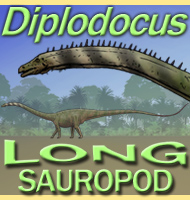 |
 |
 |
 |
